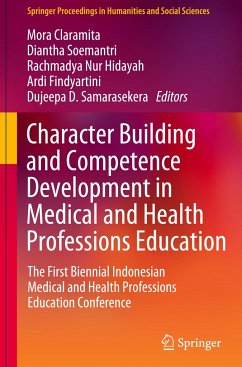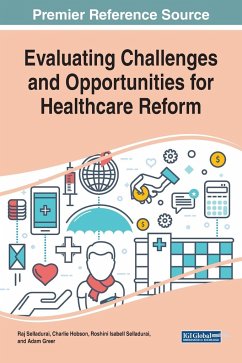
Investing in Health: Building a Stronger Public Healthcare System in India
Versandkostenfrei!
Versandfertig in 6-10 Tagen
29,89 €
inkl. MwSt.

PAYBACK Punkte
0 °P sammeln!
Despite strides in areas like communicable disease control, India's public health infrastructure faces several hurdles. Shortages of medical personnel, particularly doctors and specialists, plague rural areas. Urban facilities, though better equipped, often grapple with overcrowding and stretched resources. Out-of-pocket expenditure on healthcare remains high, pushing many families into poverty due to unexpected medical costs.The Benefits of a Stronger Public SystemInvesting in public healthcare goes far beyond just treating illnesses. A robust system promotes preventive care, early disease de...
Despite strides in areas like communicable disease control, India's public health infrastructure faces several hurdles. Shortages of medical personnel, particularly doctors and specialists, plague rural areas. Urban facilities, though better equipped, often grapple with overcrowding and stretched resources. Out-of-pocket expenditure on healthcare remains high, pushing many families into poverty due to unexpected medical costs.The Benefits of a Stronger Public SystemInvesting in public healthcare goes far beyond just treating illnesses. A robust system promotes preventive care, early disease detection, and better management of chronic conditions. This translates to a healthier workforce, improved productivity, and a reduction in long-term healthcare costs. Additionally, a strong public system acts as a safety net, ensuring access to essential healthcare regardless of socioeconomic background.














